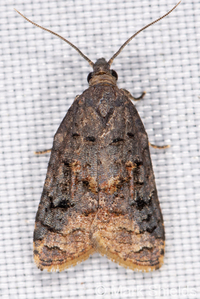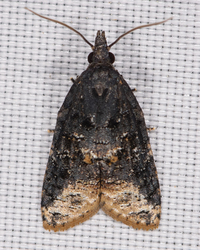
| Recorded by: Dean Furbish and Joy Wiggins on 2025-09-20
Wake Co.
Comment: | 
| Recorded by: Ken Kneidel on 2025-07-20
Mecklenburg Co.
Comment: |
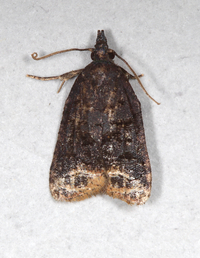
| Recorded by: Jim Petranka on 2025-07-16
Madison Co.
Comment: | 
| Recorded by: David George, Jeff Niznik on 2025-05-24
Richmond Co.
Comment: |

| Recorded by: David George, Jeff Niznik, Brian Bockhahn on 2025-05-09
Cumberland Co.
Comment: | 
| Recorded by: Jim Petranka, John Petranka and Becky Elkin on 2025-05-08
Harnett Co.
Comment: |
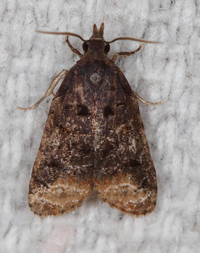
| Recorded by: Jim Petranka on 2024-10-07
Madison Co.
Comment: | 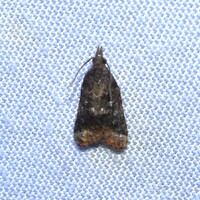
| Recorded by: David George, Jeff Niznik on 2024-09-21
Chatham Co.
Comment: |
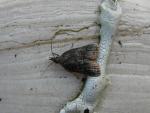
| Recorded by: R. Newman on 2024-09-10
Carteret Co.
Comment: | 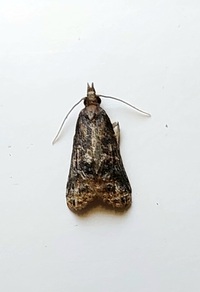
| Recorded by: Mark Basinger on 2024-09-01
Brunswick Co.
Comment: |
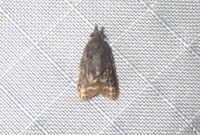
| Recorded by: Lenny Lampel on 2024-08-29
Union Co.
Comment: | 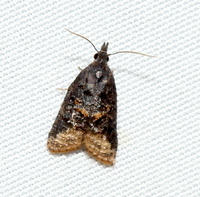
| Recorded by: David George, Jeff Niznik, Kevin Bischof on 2024-08-07
Transylvania Co.
Comment: |
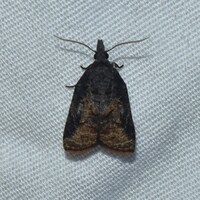
| Recorded by: David George, Jeff Niznik, Patrick Coin, Steve Hall, Carol Tingley, Tom Howard on 2024-07-27
Chatham Co.
Comment: | 
| Recorded by: Stephen Dunn on 2024-06-19
Orange Co.
Comment: |

| Recorded by: R. Newman on 2024-06-11
Carteret Co.
Comment: | 
| Recorded by: Mark Basinger on 2024-04-28
Brunswick Co.
Comment: |
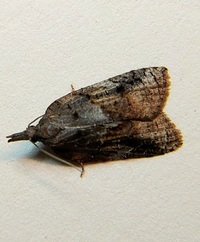
| Recorded by: Mark Basinger on 2024-04-28
Brunswick Co.
Comment: | 
| Recorded by: Ken Kneidel on 2023-10-30
Mecklenburg Co.
Comment: A reared adult that fed on Pokeweed (see companion photos of the webbed leaves, larva and pupa). |
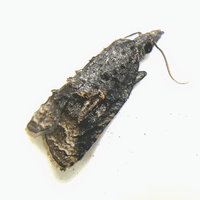
| Recorded by: Ken Kneidel on 2023-10-30
Mecklenburg Co.
Comment: | 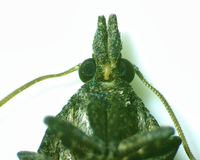
| Recorded by: Ken Kneidel on 2023-10-30
Mecklenburg Co.
Comment: |
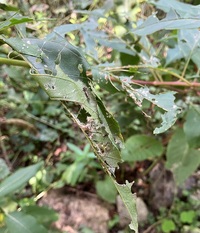
| Recorded by: Ken Kneidel on 2023-09-20
Mecklenburg Co.
Comment: | 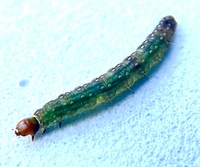
| Recorded by: Ken Kneidel on 2023-09-20
Mecklenburg Co.
Comment: A larva that was feeding within webbed leaves of Pokeweed (see companion photos of the webbed leaves, pupa, and adult). |
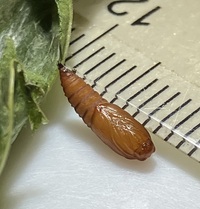
| Recorded by: Ken Kneidel on 2023-09-20
Mecklenburg Co.
Comment: | 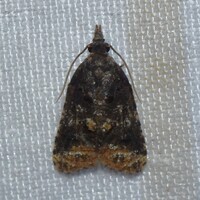
| Recorded by: David George, Stephen Dunn, Jeff Niznik on 2023-09-07
Chatham Co.
Comment: |
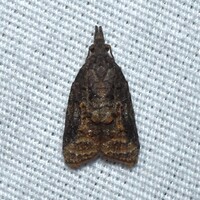
| Recorded by: David George, Jeff Niznik on 2023-08-16
Orange Co.
Comment: | 
| Recorded by: John Petranka, David George on 2023-08-05
Orange Co.
Comment: |

| Recorded by: Jeff Niznik on 2023-07-21
Orange Co.
Comment: | 
| Recorded by: David George, Jeff Niznik on 2023-07-19
Durham Co.
Comment: |
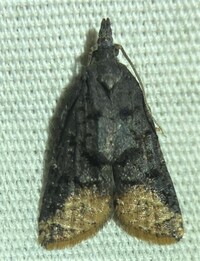
| Recorded by: Dean Furbish on 2023-05-14
Wake Co.
Comment: | 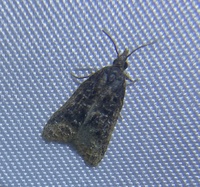
| Recorded by: David George on 2023-05-05
Durham Co.
Comment: |
|

 »
»
